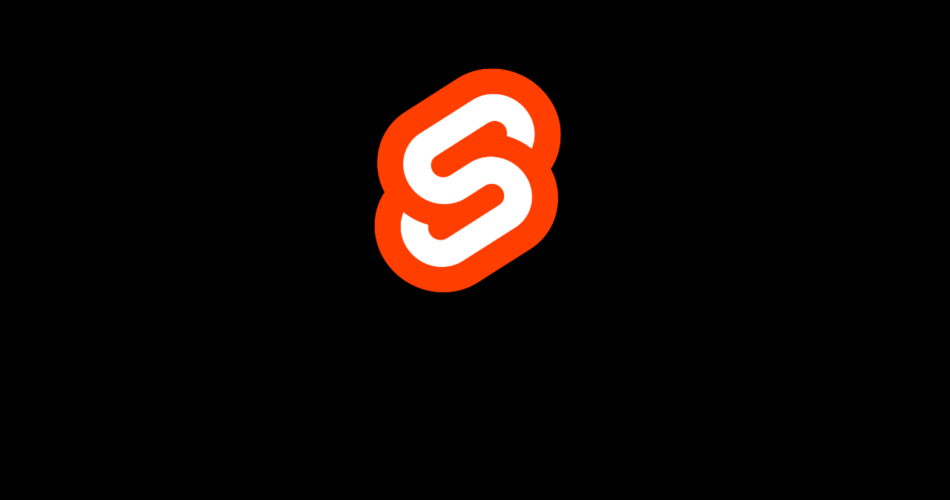
Software Development
Software developers have a less formal role than engineers and can be closely involved with specific project areas — including writing code. At the same time, they drive the overall software development lifecycle — including working across functional teams to transform requirements into features, managing development teams and processes, and conducting software testing and maintenance
Software engineers apply engineering principles to build software and systems to solve problems. They use modeling language and other tools to devise solutions that can often be applied to problems in a general way, as opposed to merely solving for a specific instance or client. Software engineering solutions adhere to the scientific method and must work in the real world, as with bridges or elevators.
Software itself is the set of instructions or programs that tell a computer what to do. It is independent of hardware and makes computers programmable. There are three basic types:
System software to provide core functions such as operating systems, disk management, utilities, hardware management and other operational necessities.
Programming software to give programmers tools such as text editors, compilers, linkers, debuggers and other tools to create code.
Application software (applications or apps) to help users perform tasks. Office productivity suites, data management software, media players and security programs are examples. Applications also refers to web and mobile applications like those used to shop on Amazon.com, socialize with Facebook or post pictures to Instagram.
The steps of the software development process fit into application lifecycle management.
Requirements analysis and specification.
Design and development.
Testing.
Deployment.
Maintenance and support.
Technologies:
- - Svelte
- - Kotlin
- - Dart
- - MicrosoftFlow
- - Apache Nifi
- - Apache Knox Gateway
- - Microsoft powerapps
- - Oracle Cloud Platform
Svelte

Svelte provides a different approach to building web apps than some of the other frameworks covered in this module. While frameworks like React and Vue do the bulk of their work in the user's browser while the app is running, Svelte shifts that work into a compile step that happens only when you build your app, producing highly-optimized vanilla JavaScript.
The outcome of this approach is not only smaller application bundles and better performance, but also a developer experience that is more approachable for people that have limited experience of the modern tooling ecosystem.
Svelte sticks closely to the classic web development model of HTML, CSS, and JS, just adding a few extensions to HTML and JavaScript. It arguably has fewer concepts and tools to learn than some of the other framework options.
It's main current disadvantages are that it is a young framework — its ecosystem is therefore more limited in terms of tooling, support, plugins, clear usage patterns, etc. than more mature frameworks, and there are also less job opportunities. But it's advantages should be enough to make you interested to explore it.
Kotlin

Kotlin is a general purpose, free, open source, statically typed “pragmatic” programming language initially designed for the JVM (Java Virtual Machine) and Android that combines object-oriented and functional programming features. It is focused on interoperability, safety, clarity, and tooling support. Versions of Kotlin targeting JavaScript ES5.1 and native code (using LLVM) for a number of processors are in production as well.
Kotlin originated at JetBrains, the company behind IntelliJ IDEA, in 2010, and has been open source since 2012. The Kotlin team currently has more than 90 full-time members from JetBrains, and the Kotlin project on GitHub has more than 300 contributors. JetBrains uses Kotlin in many of its products including its flagship IntelliJ IDEA.
Functional programming in Kotlin
Allowing top-level functions is just the beginning of the functional programming story for Kotlin. The language also supports higher-order functions, anonymous functions, lambdas, inline functions, closures, tail recursion, and generics. In other words, Kotlin has all of the features and advantages of a functional language. For example, consider the following functional Kotlin idioms.
Filtering a list in Kotlin
val positives = list.filter { x -> x > 0 }
For an even shorter expression, use it when there is only a single parameter in the lambda function:
val positives = list.filter { it > 0 }
Traversing a map/list of pairs in Kotlin
for ((k, v) in map) { println(“$k -> $v”) }
k and v can be called anything.
Dart
 Dart is a client-optimized language for developing fast apps on any platform. Its goal is to offer the most productive programming language for multi-platform development, paired with a flexible execution runtime platform for app frameworks.
Languages are defined by their technical envelope — the choices made during development that shape the capabilities and strengths of a language. Dart is designed for a technical envelope that is particularly suited to client development, prioritizing both development (sub-second stateful hot reload) and high-quality production experiences across a wide variety of compilation targets (web, mobile, and desktop).
Dart also forms the foundation of Flutter. Dart provides the language and runtimes that power Flutter apps, but Dart also supports many core developer tasks like formatting, analyzing, and testing code.
Dart is a client-optimized language for developing fast apps on any platform. Its goal is to offer the most productive programming language for multi-platform development, paired with a flexible execution runtime platform for app frameworks.
Languages are defined by their technical envelope — the choices made during development that shape the capabilities and strengths of a language. Dart is designed for a technical envelope that is particularly suited to client development, prioritizing both development (sub-second stateful hot reload) and high-quality production experiences across a wide variety of compilation targets (web, mobile, and desktop).
Dart also forms the foundation of Flutter. Dart provides the language and runtimes that power Flutter apps, but Dart also supports many core developer tasks like formatting, analyzing, and testing code.
MicrosoftFlow

Oracle Cloud PLatform


Kotlin is a general purpose, free, open source, statically typed “pragmatic” programming language initially designed for the JVM (Java Virtual Machine) and Android that combines object-oriented and functional programming features. It is focused on interoperability, safety, clarity, and tooling support. Versions of Kotlin targeting JavaScript ES5.1 and native code (using LLVM) for a number of processors are in production as well.
Kotlin originated at JetBrains, the company behind IntelliJ IDEA, in 2010, and has been open source since 2012. The Kotlin team currently has more than 90 full-time members from JetBrains, and the Kotlin project on GitHub has more than 300 contributors. JetBrains uses Kotlin in many of its products including its flagship IntelliJ IDEA.
Functional programming in Kotlin
Allowing top-level functions is just the beginning of the functional programming story for Kotlin. The language also supports higher-order functions, anonymous functions, lambdas, inline functions, closures, tail recursion, and generics. In other words, Kotlin has all of the features and advantages of a functional language. For example, consider the following functional Kotlin idioms.
Filtering a list in Kotlin
val positives = list.filter { x -> x > 0 }
For an even shorter expression, use it when there is only a single parameter in the lambda function:
val positives = list.filter { it > 0 }
Traversing a map/list of pairs in Kotlin
for ((k, v) in map) { println(“$k -> $v”) }
k and v can be called anything.
 Dart is a client-optimized language for developing fast apps on any platform. Its goal is to offer the most productive programming language for multi-platform development, paired with a flexible execution runtime platform for app frameworks.
Languages are defined by their technical envelope — the choices made during development that shape the capabilities and strengths of a language. Dart is designed for a technical envelope that is particularly suited to client development, prioritizing both development (sub-second stateful hot reload) and high-quality production experiences across a wide variety of compilation targets (web, mobile, and desktop).
Dart also forms the foundation of Flutter. Dart provides the language and runtimes that power Flutter apps, but Dart also supports many core developer tasks like formatting, analyzing, and testing code.
Dart is a client-optimized language for developing fast apps on any platform. Its goal is to offer the most productive programming language for multi-platform development, paired with a flexible execution runtime platform for app frameworks.
Languages are defined by their technical envelope — the choices made during development that shape the capabilities and strengths of a language. Dart is designed for a technical envelope that is particularly suited to client development, prioritizing both development (sub-second stateful hot reload) and high-quality production experiences across a wide variety of compilation targets (web, mobile, and desktop).
Dart also forms the foundation of Flutter. Dart provides the language and runtimes that power Flutter apps, but Dart also supports many core developer tasks like formatting, analyzing, and testing code.

